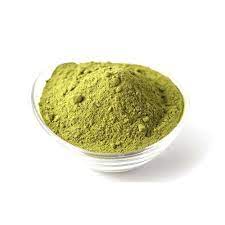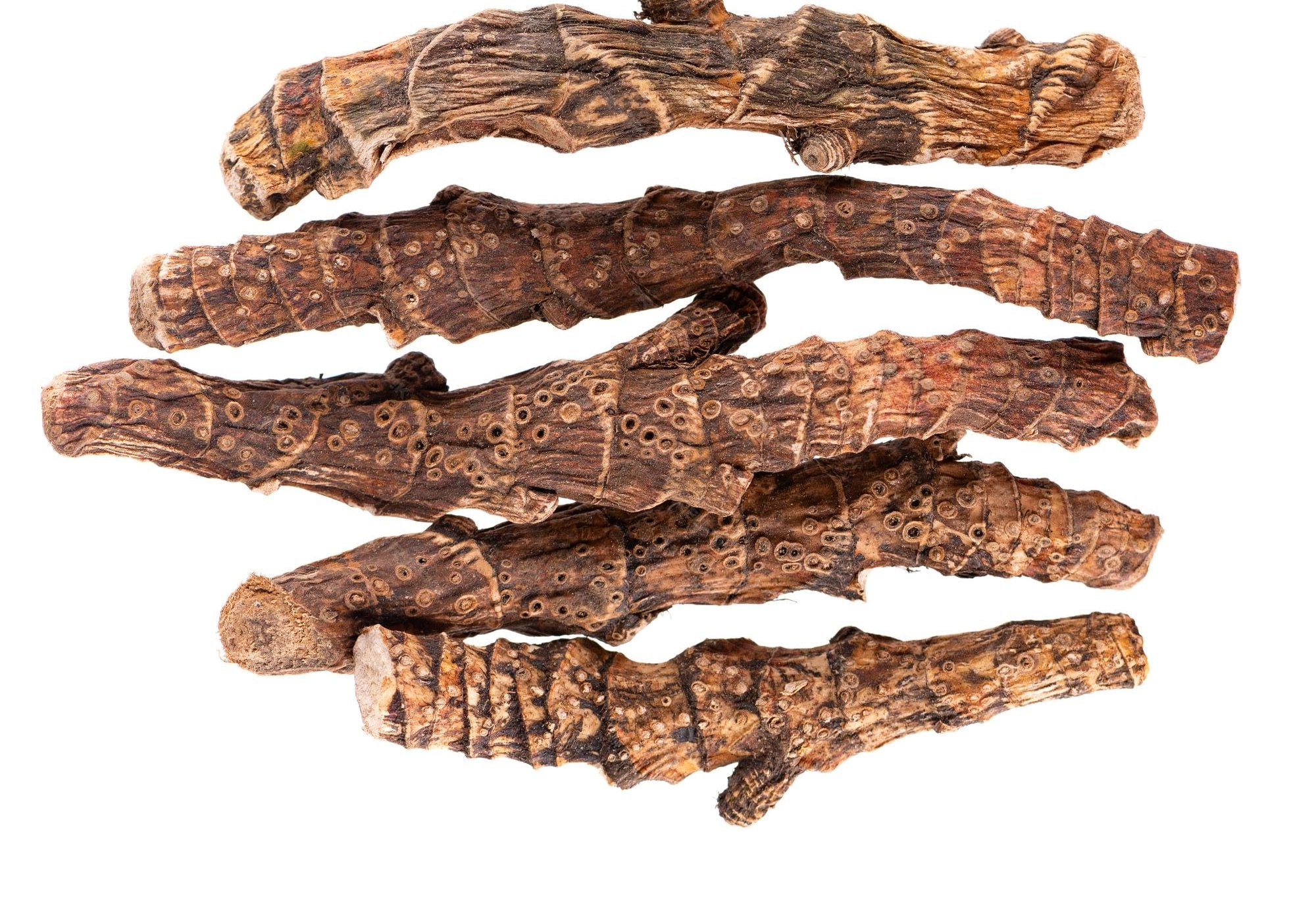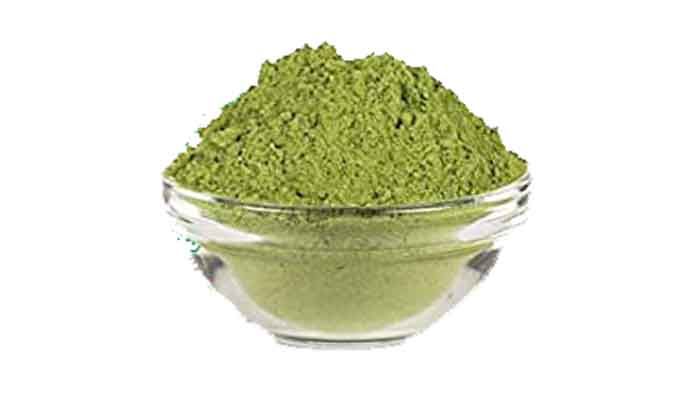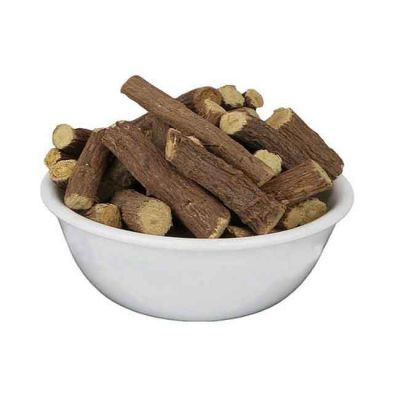How is Cinnamon Bark Powder Prepared?
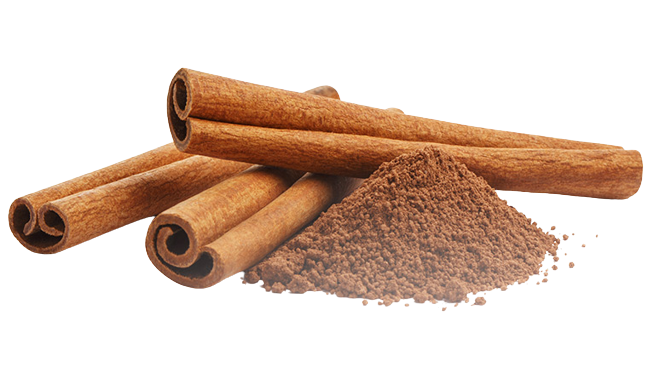
Cinnamon bark powder is derived from the inner bark of cinnamon trees. The preparation process involves several steps to ensure the highest quality and potency of the final product. Here’s a detailed look at how cinnamon bark powder is prepared:
1. Harvesting the Cinnamon Bark
- Tree Selection: Cinnamon is primarily harvested from two types of trees: Ceylon cinnamon (Cinnamomum verum) and Cassia cinnamon (Cinnamomum cassia). These trees are typically grown in tropical climates.
- Timing: The best time to harvest cinnamon bark is during the rainy season when the bark is easier to peel from the trees.
2. Stripping the Bark
- Cutting the Stems: The outer bark is carefully removed from the stems of the cinnamon tree.
- Peeling the Inner Bark: The inner bark, which is the part used to make cinnamon powder, is then peeled away in long strips. This process requires skill to ensure the inner bark is removed without breaking.
3. Drying the Bark
- Rolling the Strips: The peeled inner bark is rolled into quills or left in long strips.
- Sun Drying: These quills or strips are then dried in the sun. This drying process can take several days and is crucial for developing the characteristic flavor and aroma of cinnamon. Proper drying also helps to preserve the essential oils present in the bark.
4. Grinding the Bark
- Crushing the Quills: Once fully dried, the cinnamon quills or strips are crushed into smaller pieces to make the grinding process easier.
- Fine Grinding: The crushed pieces are then ground into a fine powder using specialized grinders. This process ensures that the powder is uniform in texture and consistency.
5. Quality Control
- Screening: The ground cinnamon powder is passed through screens to remove any larger particles or impurities.
- Testing: Samples of the cinnamon powder are tested for quality, including checks for purity, flavor, and aroma. This step ensures that the final product meets the desired standards.
6. Packaging
- Sealing: The cinnamon powder is then packaged in airtight containers to preserve its freshness and potency.
- Labeling: Proper labeling includes information about the type of cinnamon, origin, and any certifications such as organic or fair trade.
Additional Considerations
- Organic Certification: Look for cinnamon powder that is certified organic, ensuring it is free from pesticides and other chemicals.
- Source: The origin of the cinnamon can affect its flavor profile. Ceylon cinnamon is known for its milder, sweeter taste, while Cassia cinnamon has a stronger, more pungent flavor.
- Storage: Store cinnamon powder in a cool, dry place away from direct sunlight to maintain its quality.
By following these meticulous steps, cinnamon bark is transformed into a fine powder that retains its aromatic qualities and health benefits, ready to be used in various culinary and medicinal applications.
Click here to buy Cinnamon bark powder in hbkonline store.
August 5, 2024
|
View: 234
What are health benefits of coconut flower?
November 6, 2023
How to Use Arappu Powder for Hair Washing: A Natural Guide
August 30, 2024
What are the benefits of Vasambu (dried)
May 3, 2024
What are the benefits of Karuvelam Pattai?
February 8, 2024
What are the benefit of Vasambu powder?
March 4, 2024
How to Use Arugampul Powder for Diabetes Management?
March 18, 2025
How to Use Indian Indigo Powder for Natural Hair Dye?
March 18, 2025
How to Use Winter Cherry Powder for Better Sleep?
March 18, 2025
What Are the Health Benefits of Aadu Thinna Paalai Powder?
March 17, 2025
How Can Licorice Powder Improve Your Skin and Hair?
March 17, 2025
My Wish List



